The Kennedy autopsy has faced allegations of rushed procedures and intentional manipulation of facts. Additionally, some individuals have made sensational claims regarding the switching of caskets and bodies. However, when analyzing these assertions, it is crucial to closely scrutinize the available evidence.
The Texas Standoff
After President Kennedy was shot, he was taken to Parkland Hospital where he was pronounced dead. Despite efforts to save him, he could not be revived. As Texas law mandated an autopsy for homicide victims in the county, Dr. Earl Rose, the Dallas County medical examiner, insisted on performing it himself. Others saw this as a federal matter, requiring a federal investigation, but Rose remained steadfast in his decision.
The new President, Lyndon Johnson, and his wife, Ladybird, were taken to the airport and put on Air Force One, but he refused to leave Dallas without Mrs. Kennedy, and Mrs. Kennedy refused to leave the hospital without her husband’s body. After arguing with Rose and calling every local official he could to pressure Rose into releasing the body, Kennedy advisor Kenneth O’Donnell ultimately gave up and ordered his people to take the body to the airport. This determination set the stage for accusations of conspiracy that persist to this day.
Bethesda Naval Hospital
President Kennedy’s remains were transported to Bethesda Naval Hospital in Maryland, where military physicians conducted the post-mortem examination. Admiral George Burkley, President Kennedy’s personal doctor, inquired of Mrs. Kennedy her preference for the autopsy location, offering either an Army or Navy facility. Choosing a naval establishment due to her late husband’s naval service, Mrs. Kennedy made her decision. Alongside Admiral Burkley, General Godfrey McHugh, President Kennedy’s trusted military attaché, was present during the entire sequence of events.
Transport and the Casket
Mrs. Kennedy remained with her husband’s remains throughout their transport to the airport and the flight to Bethesda Naval Hospital. The only exception was during the brief swearing-in ceremony for President Johnson. The casket was notably large and extremely heavy, which made the loading process onto Air Force One difficult. Unable to bring it through the standard entry point, it had to be loaded through the cargo hold at the rear of the plane. These logistical details make any claims of a clandestine body switch highly implausible, as such an operation would require considerable coordination and time – resources unlikely to be available under such close scrutiny.
Kennedy Autopay Conspiracy Theories
Many criticisms target the autopsy’s speed and execution. While experts may debate these points, they do not invalidate the autopsy’s core findings. Kennedy’s entire body was x-rayed to ensure no bullets remained inside him, and the Naval doctors consulted with the Parkland doctors who had tried in vain to save JFK. This was not a secretive process or a rubber stamp to a predetermined cover story. Even Dr. Rose, who had insisted on the Dallas autopsy, later reaffirmed the Bethesda findings when reviewing them for the House Select Committee on Assassinations’ (HSCA) Forensic Pathology Panel.
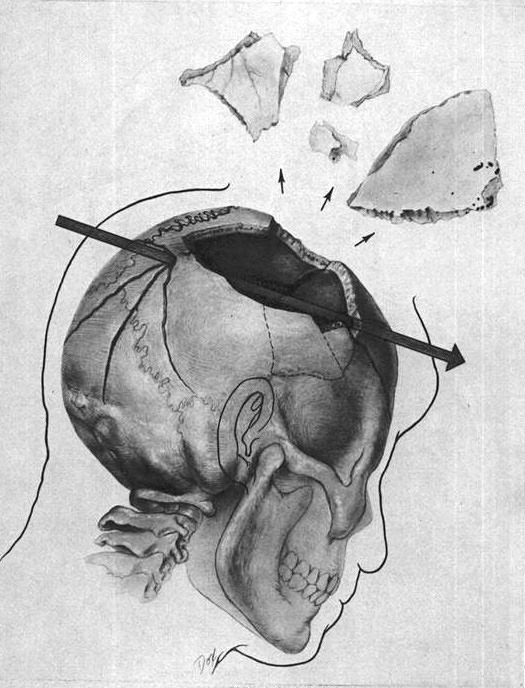
No Extra Bullets
An accusation frequently made by conspiracy theorists is that one of the autopsy doctors barely stuck his finger in the hole in Kennedy’s back and didn’t pursue anything else for fear of finding a bullet. This ignores the fact that the entire body was x-rayed. X-rays are a well-established medical technology for detecting foreign objects like bullets within the body. But then they just changed their story. Finding no bullet on x-ray, they now claim the x-rays were faked!
Extraordinary Claims Demand Extraordinary Proof
The burden of proof lies with those making extraordinary claims. In this case, the claim that doctors purposefully ignored a bullet wound, that a complete set of x-rays were fabricated, and that trusted associates of JFK would all participate in such a cover-up, requires compelling evidence. No such evidence has ever been produced.
The Importance of Critical Evaluation
The Kennedy assassination continues to captivate the public and spark speculation. While it’s natural to search for answers, it’s crucial to distinguish between mere conjecture and substantive facts and context. Claims that contradict the autopsy results, or scenarios of switched caskets and bodies, demand extraordinary evidence. In high-stress situations, misinterpretations and misremembered details are common. It’s essential to remember that extraordinary claims require extraordinary proof.


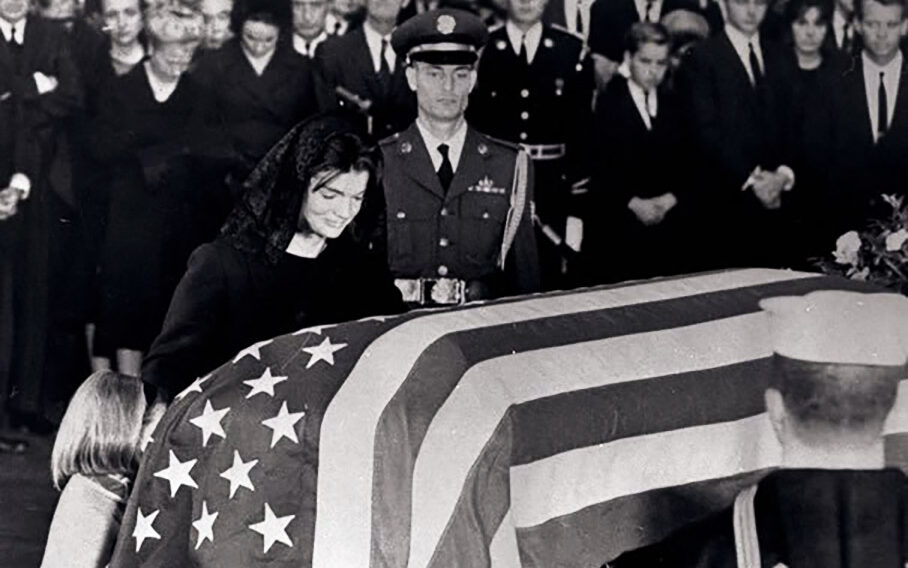

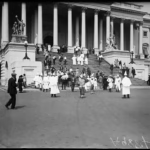
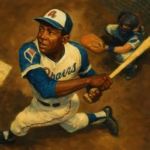
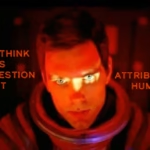

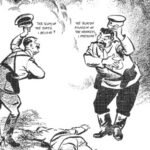
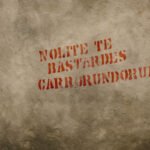
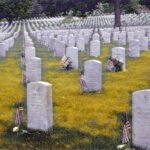



Leave a Reply